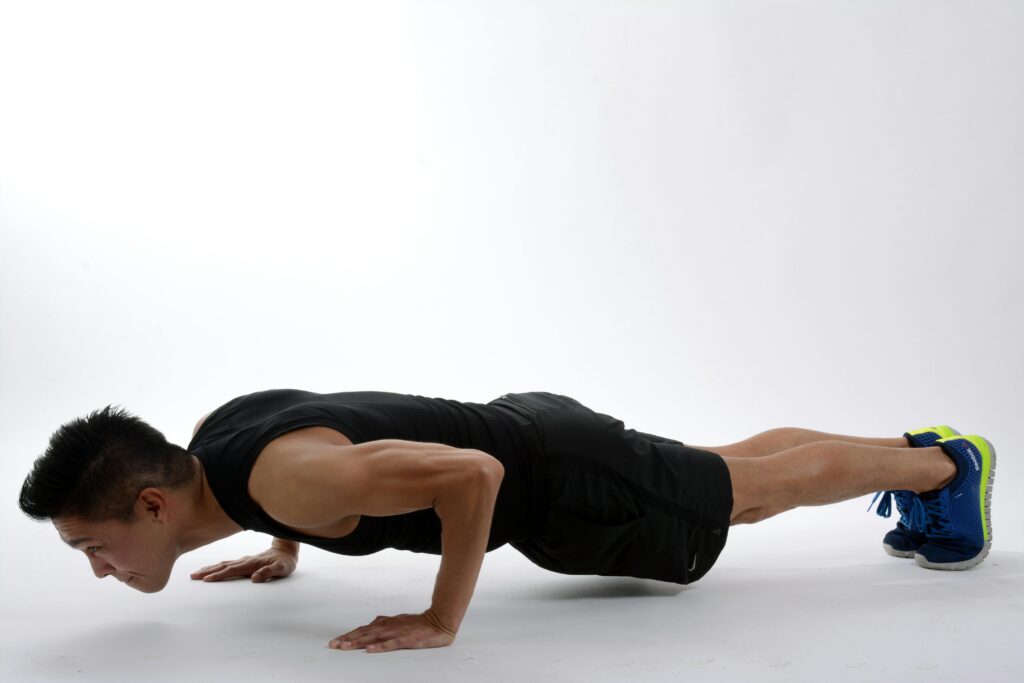When we refer to fitness, majority of us think about sexy arms or muscular legs. However, being muscular has got little to do with appearance; it implies how strong your muscles are in a single endeavor. In simple words, it’s your body’s power to push, pull, lift, or carry — things you do daily without even realizing it. In the contemporary age, when individuals are after practical fitness and maintenance, muscular power tallies as one of the key pillars of bodily health.

💪 What is Muscular Strength?
Muscular strength is the maximum amount of force a muscle (or group of muscles) can generate during a single contraction. This contrasts with muscular endurance that gauges the ability to maintain effort by the muscles. Rather, muscular strength is all about raw, explosive power, imagine picking up heavy weights, bulging a stalled vehicle or completing a single chin up.
Training muscular strength often entails progressive overload techniques; that is, you start with a low weight or resistance and then increase them bit by bit so that you force your body to change and increase in size.
🏋♂ Examples of Muscular Strength Exercises
🔹 Bodyweight Strength:
Push-ups
Pull-ups
Planks
Squats
🔹 Free Weights & Machines:
Bench press
Deadlift
Barbell squats
Overhead press
Leg press
🔹 Resistance Bands & Functional Tools:
Resistance band chest presses
Kettlebell swings
Sandbag lifts
These exercises involve larger group of muscles and assist in gaining pure strength.
🔥 Benefits of Building Muscular Strength
Here’s how muscular strength empowers you:
- Stronger Bones & Joints
Taking strength training improves bone density, which will minimize the risk of osteoporosis, bone breaks, and joint problems when you get older.
- Enhanced Functional Fitness
Having to carry groceries, climb up stairs or pick up your child these are everyday Monday to Friday activities and with stronger muscles it becomes easier and safer.
- Better Posture & Spinal Health
A powerful core and back will diminish the probability of back pains and stooping. It helps in balance and alignment, something desirable in sedentary living.
- Boosted Metabolism
Muscles are metabolically active tissues. The higher the level you construct, the more calories you shed, through resting. This supports fat loss and body composition.
- Mental Strength & Confidence
Resistance training increases the production of endorphins and dopamine. It reduces anxiety, enhances focus, and boosts self-esteem. There’s power in knowing what your body is capable of.
🧠 How Muscular Strength Training Works
Strength training is based on a process known as muscle hypertrophy which involves breaking down of small muscle fibres which regenerate stronger in the recovery process.
Key mechanisms include:
Mechanical tension (lifting heavy loads)
Muscle damage (micro-tears in fibres)
Metabolic stress (the “burn” you feel)
With consistent training, muscles grow thicker, denser, and stronger.
🛠 Equipment You Can Use
Dumbbells, barbells, kettlebells
Resistance bands and cable machines
Bodyweight (no equipment needed)
TRX suspension system
Medicine balls or sandbags
To become strong, you do not require going to a gym, but rather you should have resistance, intention, and some sweat.
⏱ How Often Should You Train for Strength?
The UK Chief Medical Officers recommend:
Strength training at least 2 times per week
Use the largest muscle groups, such as legs, hips, back, abdomen, chest, shoulders, arms
You can split workouts by muscle group (e.g., upper body/lower body) or do full-body strength sessions.
Muscles should rest at least 48 hours after a strength exercise within the same muscle group to facilitate recovery and growth.

❗ Safety Tips for Strength Training
Warm up first (5–10 minutes of light cardio or mobility drills)
Use proper form to prevent injury
Start light, especially if you’re new
Breathe properly – exhale during effort, inhale during release
Cool down and stretch after your session
Stay consistent, and increase weight gradually
📊 How to Track Progress
Estimate the amount of weight that you perform and the number of reps
Track body measurements (arms, chest, legs)
Use strength-focused apps or journals
Notice real-life improvements (e.g., carrying heavy objects feels easier)
When you want to progress, you must take time and every rep will make you stronger than the previous one.
